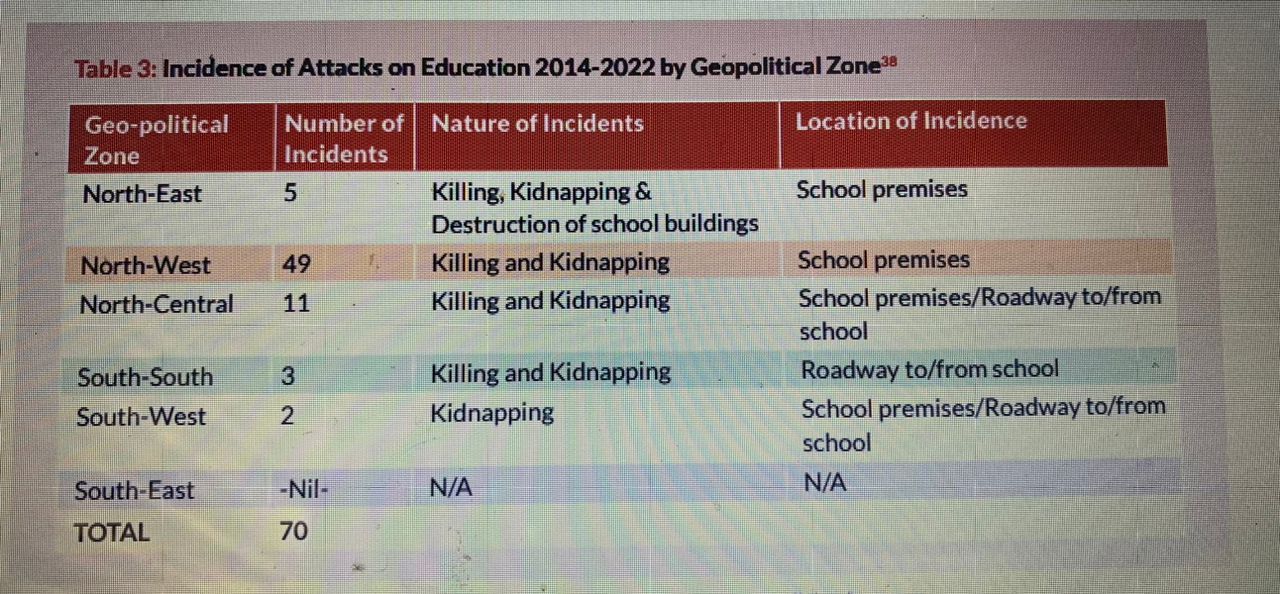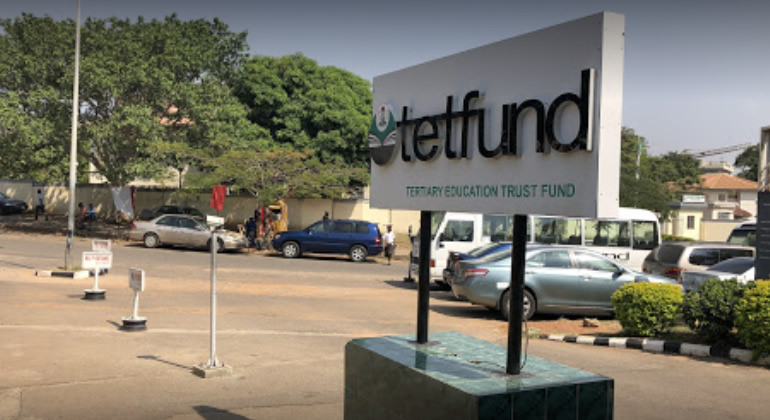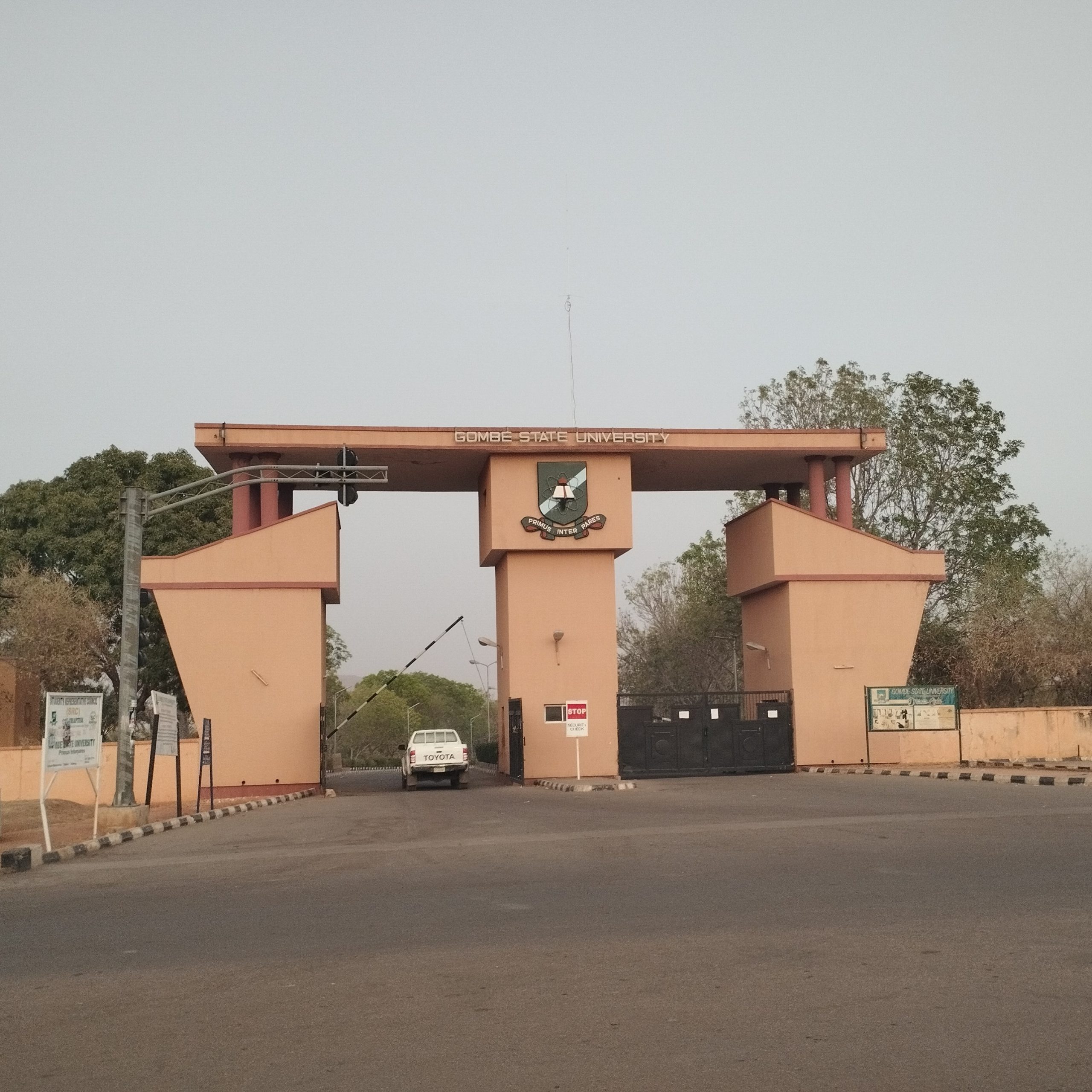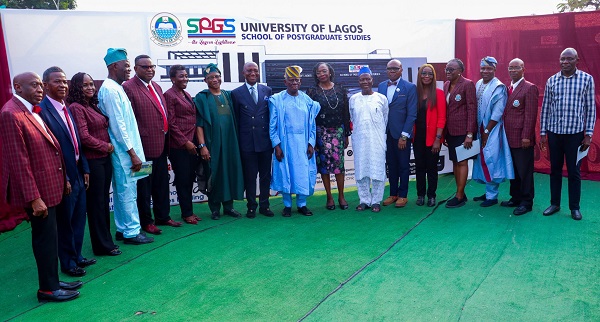On this International Day to Protect Education from Attack, the stark reality of Northern Nigeria’s educational crisis demands urgent global attention. Over the past decade, the region has been engulfed by violence, with devastating consequences for its educational system. Conflict-related violence has resulted in over 1,680 children being abducted from their schools, 180 children killed, and more than 70 verified attacks on schools, according to United Nations reports.
These numbers are more than just statistics; they represent shattered dreams and disrupted lives of thousands of students, teachers, and their communities. Extremist groups such as Boko Haram and ISWAP have turned schools into battlefields, placing countless young lives at risk and displacing millions.
The insurgency in Northern Nigeria, particularly in the Northeastern states of Borno, Yobe, and Adamawa, has wreaked havoc on the education sector and robbed the children of the right to education. Schools have been deliberately targeted, with many buildings destroyed and lives lost. In 2009, suspected Boko Haram militants set fire to classroom blocks in Borno State. By 2010, 36 classrooms and offices were reduced to ashes in Maiduguri. In 2012, the region experienced 17 school attacks in nine locations, continuing a pattern of terror that would only worsen. One of the most harrowing attacks occurred in February 2014, when Boko Haram militants stormed Federal Government College in Buni Yadi, killing 29 boys and burning the entire school to the ground.
In April 2014, the abduction of 276 girls from Government Girls Secondary School in Chibok shocked the world and further highlighted the extreme risks faced by educational institutions in the region. Despite efforts to rescue them, many of these girls remain missing, their fates uncertain. The psychological scars of these attacks persist long after the physical damage is repaired.

Schools, in many cases, have been repurposed as camps for displaced persons or as military barracks.

In others, they have been abandoned entirely. This has made education increasingly inaccessible to children, deepening the educational crisis. The destruction of educational infrastructure compounds the challenge of delivering education in a region already grappling with underdevelopment.
Despite overwhelming challenges, there are glimmers of hope in the resilience of local communities and educators. Numerous NGOs, international organisations, and government initiatives have worked tirelessly to support the education sector amid the conflict. The Nigerian government, in partnership with global allies, has launched various initiatives aimed at rehabilitating and reconstructing damaged schools. Temporary learning spaces and mobile schools have been set up to ensure that education continues, even in the face of danger.
However, these efforts, while commendable, are not enough. The scale of the crisis requires a coordinated and comprehensive response. To address this issue holistically, several key steps must be prioritised:
1. Enhanced Security Measures: The government must intensify efforts to protect schools and educational personnel. This includes deploying security forces to safeguard educational institutions and improving intelligence gathering to prevent attacks before they happen.
2. Reconstruction and Rehabilitation: There is a pressing need to rebuild and rehabilitate schools damaged or destroyed by conflict. This includes providing the necessary resources, safe learning environments, and infrastructure for students and teachers.
3. Psychosocial Support: Addressing the trauma experienced by students and educators is vital. Psychosocial support programmes should be expanded to help them cope with the emotional and mental toll of violence and displacement.
4. Community Engagement: Local communities play a crucial role in safeguarding schools. Programmes that foster cooperation between local leaders, parents, and security forces can enhance the protection of educational institutions.
5. International Collaboration: Continued support from international organisations and donors is essential. Strengthening partnerships and securing additional funding can sustain efforts to rebuild and protect the education sector in conflict zones.
On this International Day to Protect Education from Attack, we must issue a resounding call to action, with over 1,683 learners have been kidnapped in schools
between February 2014 and December 2022
in Nigeria which revealed an increase in the
kidnapping by 1,407 according to Save the children International.
Also, Since 2014, the kidnapping of school children and
teachers have become a phenomenon. School
children and teachers are now seized from their
schools, or on their way to or from schools, by
terrorists, taken to forests and subjected to all sorts
of inhuman treatment.The Nigerian government, alongside international partners, must intensify efforts to safeguard educational institutions, support displaced students, and hold perpetrators of these heinous crimes accountable. Education is not merely a fundamental right; it is a cornerstone of sustainable development and lasting peace.
The future of millions of Nigerian children depends on our collective resolve to protect their right to education. As we observe this important day, let us renew our commitment to ensuring that every child, regardless of circumstance, has the opportunity to learn, grow, and thrive in a safe environment.
The International Day to Protect Education from Attack is observed annually on September 9 following a unanimous decision by the United Nations General Assembly in 2020. This day serves as a reminder of the critical importance of safeguarding education during times of conflict and ensuring that students everywhere can pursue their dreams without fear of violence or disruption.
Happy International Day to Protect Education!











